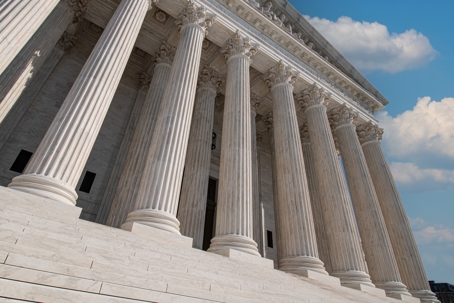Your first appearance in court can cause significant anxiety. The purpose of this post is to demystify the arraignment process and (hopefully) alleviate some of the associated stress.
The arraignment is your first official appearance in court. It is a brief and largely administrative appearance that accomplishes three basic things:
- Connect a person to the charges
- Set the terms of release
- Schedule a future court date
The primary purpose of the arraignment is to formally connect a person with the charge(s). When you appear for your arraignment, the court staff will typically give you a copy of the charging document. That document will include your name, date of birth, case number, and a statement of the offense(s) with which you have been charged. When your case is called and you step up to the counsel table, your lawyer will formally acknowledge that you have a copy of the charging document and confirm that you are correctly identified. While you have the right to hear the judge read the charges and advise you of your rights, that is a time-consuming formality that most attorneys waive.
You are not expected to make any decisions about resolving your case at your arraignment. The court will give you time to review all of the evidence against you and consult with your attorney before you decide on a direction. Depending on the local rules in your county, you may or may not be expected to enter a plea at the arraignment. In either case, the result is the same. The court will schedule a future court date (typically referred to as an “entry of plea” or “change of plea” date). If you have reached a plea agreement at that future date, your plea may be “guilty” or “no-contest.” Alternatively, if you decide that you want a trial, you may enter a “not guilty” plea. If you need more time to make a decision, your attorney can ask for a continuance. You should trust your attorney to know the local rules in your jurisdiction.
Once this initial step is complete, the court will address your “release conditions.” While the charges are pending, the judge will impose rules and restrictions on you. Depending on your criminal history and the severity of the charge(s), you may also be required to post security (bail). The most common release conditions include: 1. Obey all laws (don’t commit other crimes while on release); 2. No contact with witnesses and/or the location of the incident; 3. Keep in contact with your attorney; 4. Attend all future court appearances; and 5. Keep the court informed of your address. Depending on the charges, other release conditions may be imposed. For example, if you have been charged with a DUI you will be ordered not to use or possess alcohol. If you are charged with an assault, you will be ordered to have no contact with the complainant (the listed victim). If you are charged with crimes involving computers, you may be ordered not to access the internet.
The judge will ask for release recommendations from the lawyers, starting with the deputy D.A. It is important to note that you will only have one opportunity to argue release conditions unless there is a material “change of circumstances.” If you need more time or information to make the best release argument, your attorney may advise you to preserve your right to make that argument at a later date.
In most cases, the arraignment should only take a minute or two. Before you leave, you will be given a future court date and will be asked to sign a copy of the release conditions. Your arraignment is now complete, and you can move on to the next step in the process.

